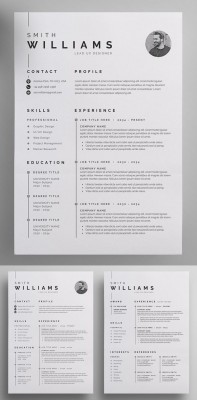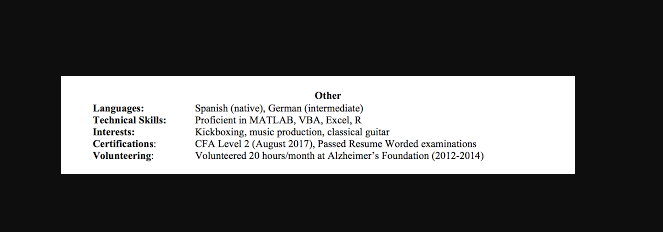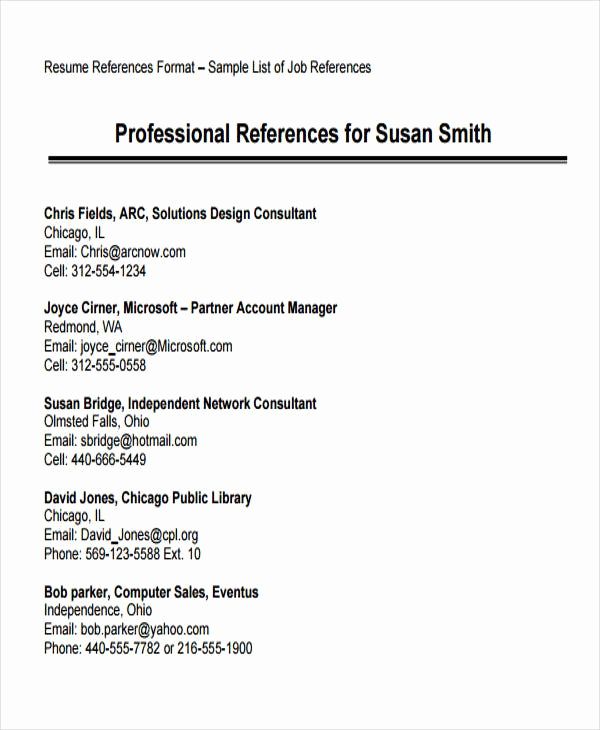How to Write a Resume in Spain? Step-by-Step Guide

posted:2 years agobyMarry JoJoin CVs
Looking for a job can be daunting, no matter what country you're in. But if you're looking for a job in Spain, there's an extra layer of difficulty: you have to write your resume in Spanish. : Your resume is your first opportunity to make a good impression on a potential employer in Spain. Although the process of writing a resume may seem daunting at first, it doesn't have to be. By following these simple steps to create a resume that will help you get the job you want.
Whether you're starting from scratch or translating your existing resume into Spanish, this can be a challenge. But never fear! We're here to help. In this blog post, we'll take you step by step through everything you need to include on your Spanish resume. With our help, you'll be ready to start applying for jobs in no time.
1. Datos Personales (Personal Data)
At the top of your resume, include your full name, address, telephone number, and email address. You can also include your date of birth and nationality if you'd like, but it's not required.
Start with your contact information. Include your name, address, email address, and phone number. If you have a LinkedIn profile or personal website, feel free to include those as well.
Discover: Most Popular Jobs in Spain
2. Formación académica (Academic Training)
This section is where you list your educational achievements. Start with your most recent degree or qualification and work backwards from there. Include the name and location of the institution, as well as the dates you attended.
Must read: 8 Most Effective Job Search Strategies in Spain
List your education and qualifications. Be sure to include the name and location of the school, as well as the degree or certification you earned. If you have any relevant coursework or training, be sure to mention that too. If you don't have a lot of formal education, don't worry - there's no need to list everything from primary school onwards. Just focus on the most important and relevant information.
3. Experiencia profesional (Professional Experience)
In this section, list all relevant work experience, starting with your most recent job and working backwards. Include the name and location of the company, your job title, and the dates you worked there. For each position, give a brief overview of your responsibilities and key accomplishments.
It’s time to list your work experience. Start with your current or most recent job and work backwards chronologically. Include the name and location of the company, your job title, and dates of employment. Don't forget to mention your key responsibilities and achievements in each role. If you don't have much work experience, that's OK - just focus on any internships, voluntary work, or part-time jobs you've had.
An Essential Guide to Employment Agencies in Spain for Job Seekers
4. Otros datos de interés (Other Relevant Information)
In this section, you can include any other information that might be relevant to the job you're applying for but doesn't fit into one of the other sections. This could include languages spoken, computer skills, professional qualifications, etc.

Add any other relevant information. This could include language skills, computer skills, membership of professional organizations, etc. Anything that makes you stand out from the crowd and makes you more qualified for the job you're applying for should be included here.
5. Referencias (References)
If a potential employer wants to contact your references, they will ask you for this information separately so there's no need to include it on your resume itself.

3 Tips to Keep in Mind While Writing Resume in Spain
Here are three tips that increases your changes of creating a job-winning resume:
I. Keep it Concise:
You need to be very careful about the resume length, don’t add too much details. Keep in mind that your employer doesn’t have much.
Ii. Proofread:
It is suggested to always proofread your resume, it will eliminate your chances of getting rejected on a job due to a grammar or spelling mistake. Always strive for perfection when creating a resume.
Iii. Reduce the Length:
When you are rechecking your resume, make sure that it’s length is not more than one page. No one has time to read three-page resume. Cut the length and eliminate unneccassary details, and keep all important details on front.
Final Thoughts
Writing a resume in Spanish may seem daunting at first, but with our step-by-step guide it’s easy! Just remember to include your personal data at the top followed by your academic training, professional experience, and other relevant information such as languages spoken or computer skills. And that’s it—you’re ready to start applying for jobs in Spain! Buena suerte!
